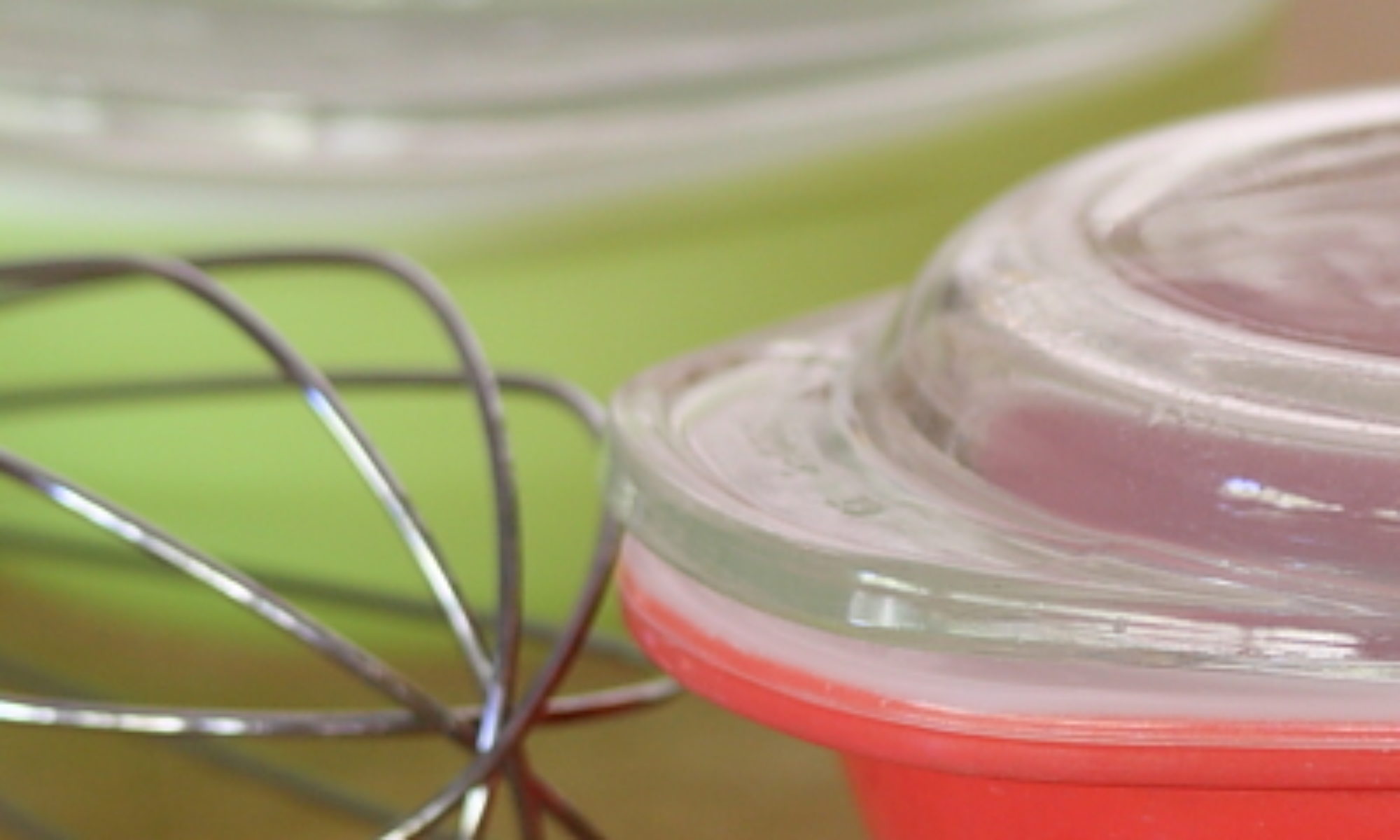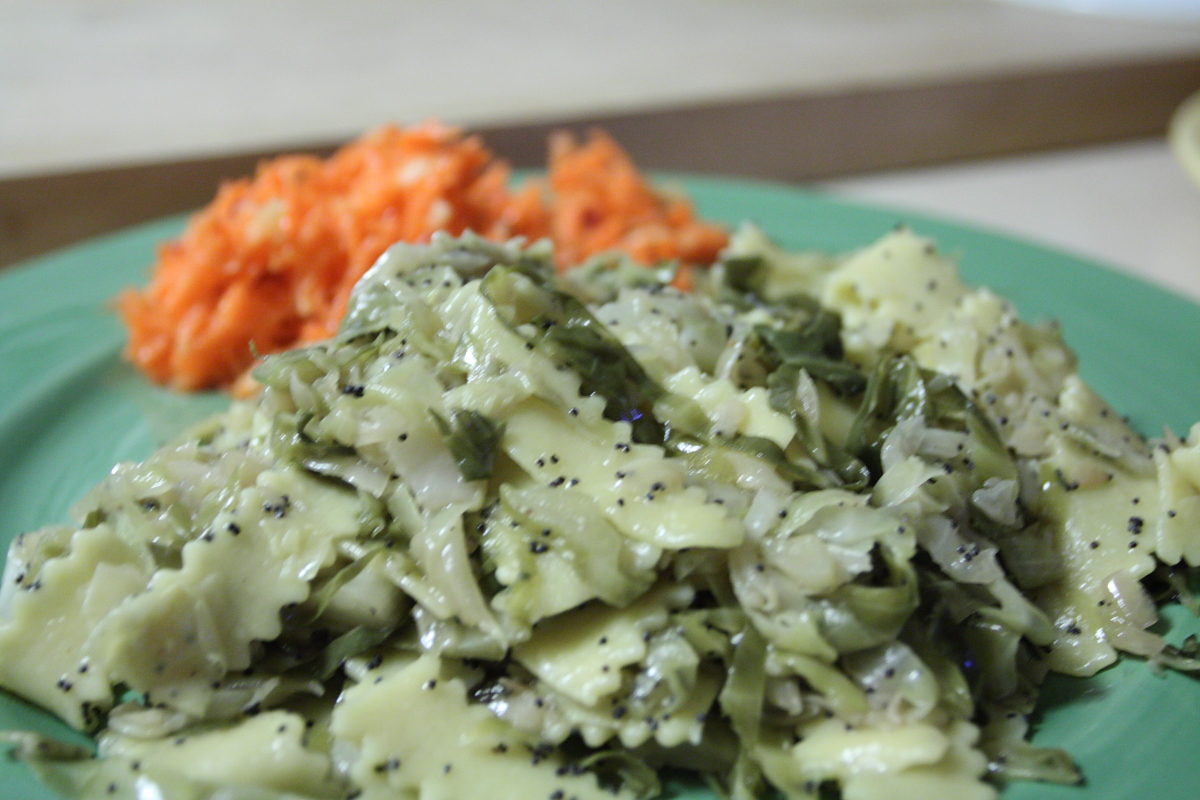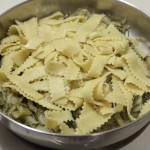We saw a recipe for Haluski (Cabbage and Noodles) on the back of our CSA newsletter last week and thought that it sounded like a good way to have some of the green cabbage that was in our share. From making up batches of Tikil Gomen, we knew that slow cooking would bring out the sweetness in cabbage, so it was likely tasty. Plus, it also sounded really easy, so what did we have to lose?
The original recipe sounded good and described this as a traditional Polish dish. We thought that we could improve it a bit by adding some poppy seeds and using freshly made egg noodles (which, upon searching the Internet, we discovered is quite traditional). Now, when you read the recipe list, you’ll realize that this is a mild- flavored dish and not necessarily a dish for show. It’s more of a filling and nutritious dish that you might find in the countryside. With that in mind, let’s get started.
Haluski
Ingredients
- 1 batch freshly made basic pasta rolled and cut into 1/2 by 3-inch noodles
- 1/2 head cabbage finely shredded
- 1/2 cup diced onion
- 4 Tbs 1/2 stick unsalted butter
- Salt and pepper to taste
- 1-2 Tbs poppy seeds
Instructions
- Melt the butter in a large skillet over medium heat.
- Once the butter melts, add the onions, reduce heat to low, and cook covered for about 30 minutes. Stir periodically, and add water if needed to keep the onions from browning.
- Add the cabbage and continue to cook, covered, on low for another 30-40 minutes. Again, stir occasionally, add water if needed, and allow the cabbage to cook until tender.
- Season to taste with salt and freshly-ground black pepper.
- Boil pasta, drain, and add it to the cabbage dish.
- Sprinkle poppy seeds over the cabbage pasta mixture and stir to mix.
Ingredient discussion:
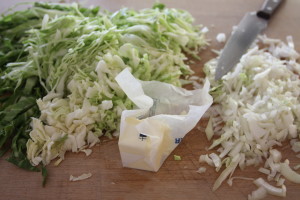
If you are not going scratch up fresh pasta (it takes less than 15 minutes of work, start to finish), you could use 8 ounces of store-bought wide egg noodles. It won’t be as good, but it’ll probably do.
Procedure in detail:
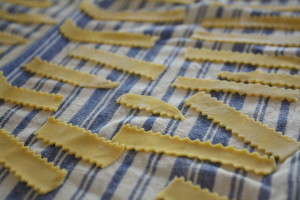
Cut and dry pasta. We rolled out the pasta into sheets that were about 3 inches wide and ran a ravioli cutter from side to side, then spread the pasta on a couple of kitchen towels to dry for a few hours. We like the rick-rack pattern from the ravioli wheel; it makes our pasta different from mass-produced noodles.
Melt butter. Melt the butter in a large skillet over medium heat.
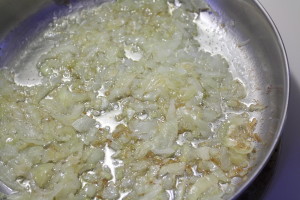
Add onions. Once the butter melts, add the onions, reduce heat to low, and cook covered for about 30 minutes. Stir periodically and add water if needed to keep the onions from browning.
Add cabbage. Add the cabbage and continue to cook, covered, on low for another 30-40 minutes. Again, stir occasionally, add water if needed, and allow the cabbage to cook until tender.
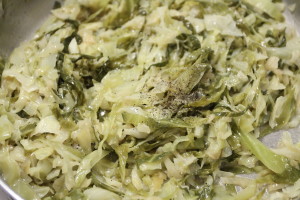
Season. Season to taste with salt and freshly-ground black pepper.
Boil pasta. If you made fresh, this should take only a few minutes. Otherwise, follow the package directions.
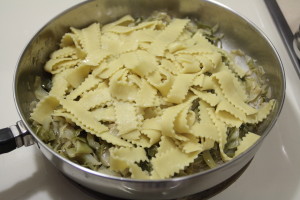
Add pasta. Once the pasta is done, drain and add it to the cabbage dish.
Add poppy seeds. Sprinkle poppy seeds over the cabbage pasta mixture and stir to mix in. Add more if you think it needs it. We think the poppy seeds really improved the original dish, and we wouldn’t omit them.
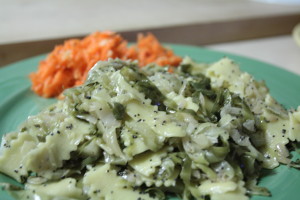
Serve. We had it along with a Polish carrot salad, that was quite tasty (recipe soon)!
This really does make a lot; it probably could have served four people without too much trouble, but it was good enough that we gobbled it right down, proclaiming, “I’d eat that again.” We also aren’t too sure if this is really an authentic Polish recipe, as most web pages show it as being popular in Pennsylvania, but that’s okay. People in Pennsylvania eat good food, too. Four stars.
